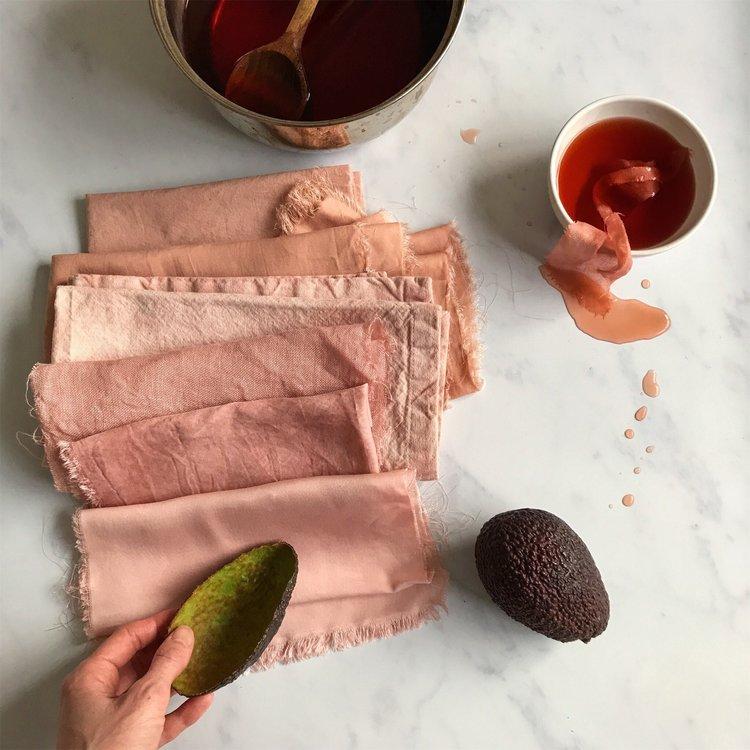Exploring the Rich History and Techniques of Indigo Dyeing in Textile Production
The Rich Heritage of Indigo Dyeing A Journey Through Time
Indigo dyeing is a time-honored tradition that has captivated artisans and textile enthusiasts for centuries. Known for its deep blue hue and vibrant luster, indigo dyeing has cultural significance across various civilizations, from ancient Africa to Asia, and continues to thrive in modern textile art. This article explores the process of indigo dyeing, its historical significance, and its resurgence in contemporary fashion.
The Rich Heritage of Indigo Dyeing A Journey Through Time
Historically, indigo was a prized commodity in trade routes, often referred to as blue gold. Its introduction to Europe in the Middle Ages transformed the textile industry, leading to widespread use in dyeing fabrics for clothing, tapestries, and more. Countries like India, Japan, and West African nations developed unique indigo dyeing techniques, leading to vibrant textiles that carry their own cultural narratives. In Japan, for instance, the Shibori technique involves intricate folding and binding processes to create stunning patterns, while West African batik showcases bold designs on cotton fabrics.
indigo dyeing product

The significance of indigo dyeing extends beyond its striking appearance. The practice is deeply embedded in cultural identities and traditions. In many societies, indigo dyeing is intertwined with rituals, celebrations, and even social status. For instance, in parts of Africa, indigo-dyed clothes signify wealth and connection to heritage, often passed down through generations. Similarly, in Japan, indigo is revered not only for its aesthetic qualities but also for its natural properties, which are said to protect against harmful insects.
In recent years, there has been a revival of interest in indigo dyeing, driven by a growing awareness of sustainable fashion and the desire for artisanal craftsmanship. As fast fashion continues to dominate the industry, many consumers are seeking out ethically sourced and environmentally friendly options. Indigo dyeing fits seamlessly into this narrative, as it uses natural materials and traditional methods that promote sustainability over mass production.
Contemporary designers and brands are increasingly incorporating indigo dyeing into their collections, celebrating both its historical significance and its modern relevance. From organic cotton denim to hand-dyed scarves, these products highlight the beauty of craftsmanship while promoting a deeper connection to the materials used. Workshops and community classes are also gaining popularity, offering enthusiasts the chance to learn the techniques and appreciate the intricate processes involved in creating indigo-dyed textiles.
In conclusion, indigo dyeing is more than just a technique; it is a rich tapestry woven with history, culture, and sustainability. As we move forward in a world increasingly focused on ethical practices, the indigo heritage serves as a reminder of the beauty of nature and the importance of preserving traditional arts. Whether through fashion, craft, or cultural identity, indigo dyeing continues to inspire and connect us to our past while paving the way for a more sustainable future.
-
The Timeless Art of Denim Indigo Dye
NewsJul.01,2025
-
The Rise of Sulfur Dyed Denim
NewsJul.01,2025
-
The Rich Revival of the Best Indigo Dye
NewsJul.01,2025
-
The Enduring Strength of Sulphur Black
NewsJul.01,2025
-
The Ancient Art of Chinese Indigo Dye
NewsJul.01,2025
-
Industry Power of Indigo
NewsJul.01,2025
-
Black Sulfur is Leading the Next Wave
NewsJul.01,2025

Sulphur Black
1.Name: sulphur black; Sulfur Black; Sulphur Black 1;
2.Structure formula:
3.Molecule formula: C6H4N2O5
4.CAS No.: 1326-82-5
5.HS code: 32041911
6.Product specification:Appearance:black phosphorus flakes; black liquid

Bromo Indigo; Vat Bromo-Indigo; C.I.Vat Blue 5
1.Name: Bromo indigo; Vat bromo-indigo; C.I.Vat blue 5;
2.Structure formula:
3.Molecule formula: C16H6Br4N2O2
4.CAS No.: 2475-31-2
5.HS code: 3204151000 6.Major usage and instruction: Be mainly used to dye cotton fabrics.

Indigo Blue Vat Blue
1.Name: indigo blue,vat blue 1,
2.Structure formula:
3.Molecule formula: C16H10N2O2
4.. CAS No.: 482-89-3
5.Molecule weight: 262.62
6.HS code: 3204151000
7.Major usage and instruction: Be mainly used to dye cotton fabrics.

